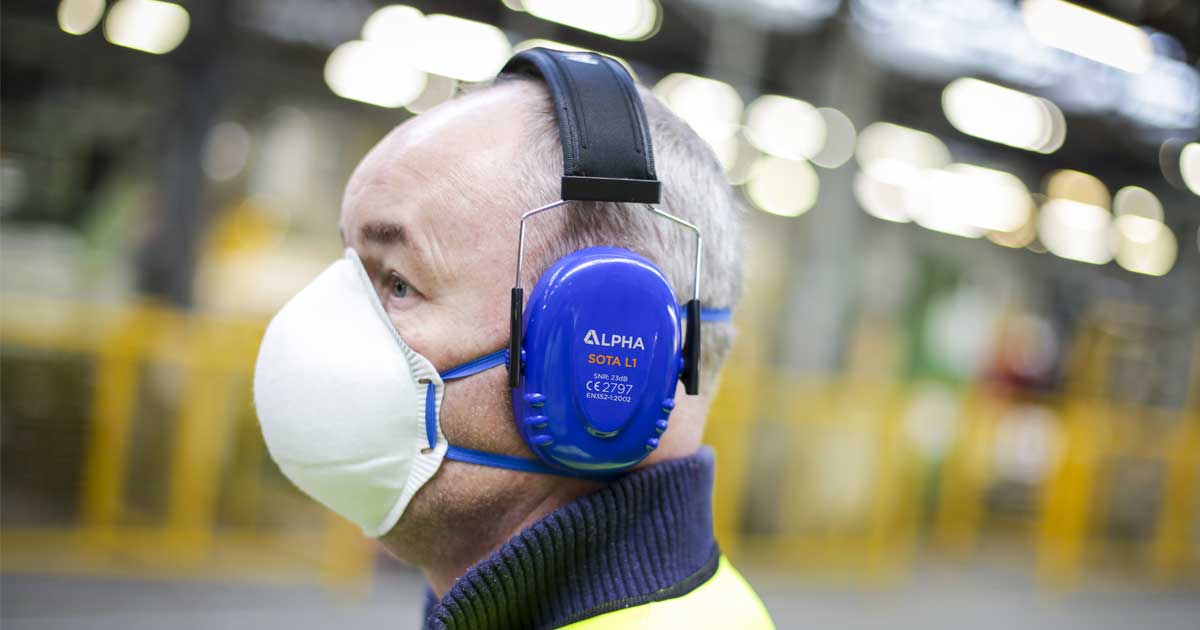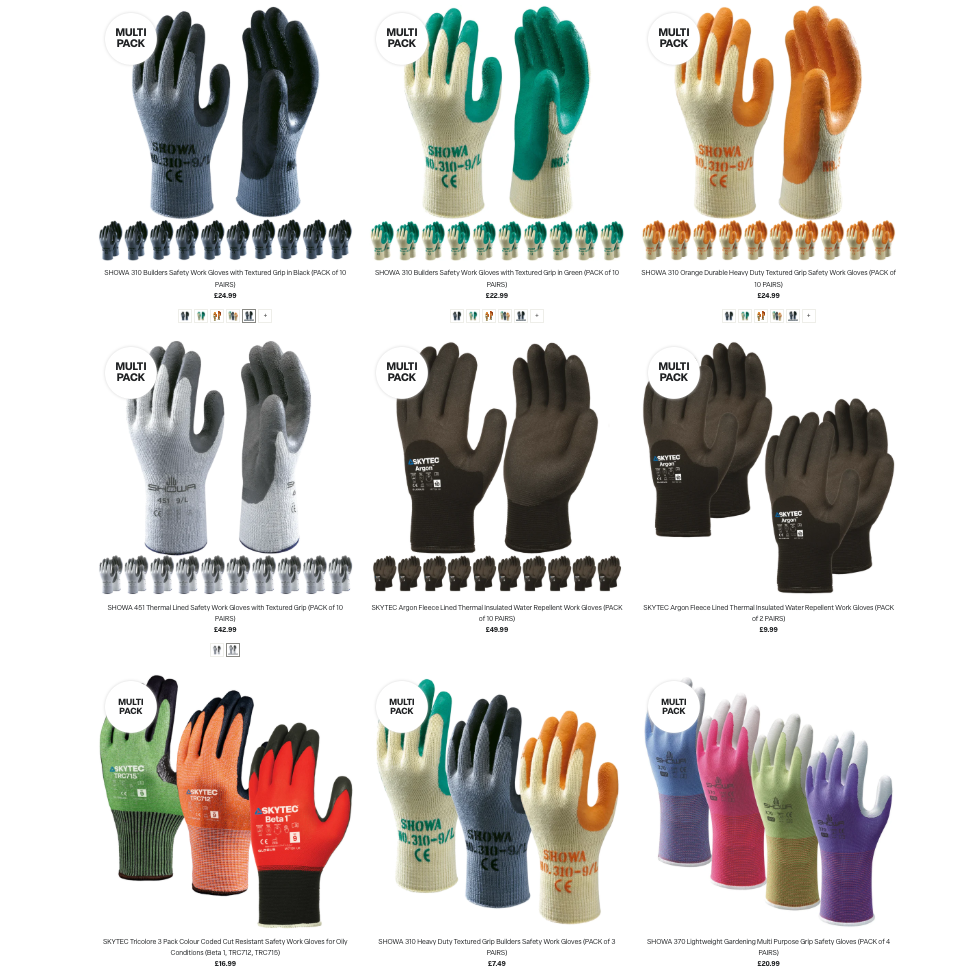
PPE (Personal Protective Equipment) may come across as a boring topic when it comes to working however, it is extremely important. It is down to your employer to complete a risk assessment that will determine what PPE is needed to mitigate injury and risk in the workplace. Some jobs may not require PPE however if PPE is identified as needed then it is important that your employer provides you with the correct PPE required to complete your job.
Your employer can tell you to wear safety equipment and if you don’t, then they are entitled to take disciplinary action against you. There are many different types of PPE such as hand protection, foot protection, eye protection, hearing protection, head protection or it could be full body protection such as body suits.
Requirements for wearing PPE
You are required by the Health and Safety at Work Act 1974 (HASAWA) to:
- Co-operate with your employer on health and safety
- Take care of your own health and safety and that of others
- Not interfere with or misuse anything provided for your health and safety or welfare
- Use work items provided by your employer in accordance with training or instructions
What can cause injury in the workplace?
Employers must do a risk assessment to see what PPE is needed to reduce the risk of injury. Below are some of the things that could cause an injury:
- Materials falling on people
- Breathing in dust, gas, or fumes
- Flying particles
- Corrosive liquids getting into your eyes or skin
- Excessive noise
- Extreme heat or cold
What should you think about before selecting PPE?
As an employer, before you select the PPE for your employees, think about:
- What they are exposed to
- How long they are exposed for
- How much they are exposed to
If one or more items of PPE are needed to be worn at once, then you need to make sure that they can all be used together e.g. when wearing a respirator and a pair of safety glasses you need to make use that the glasses do not disturb the respirator.


